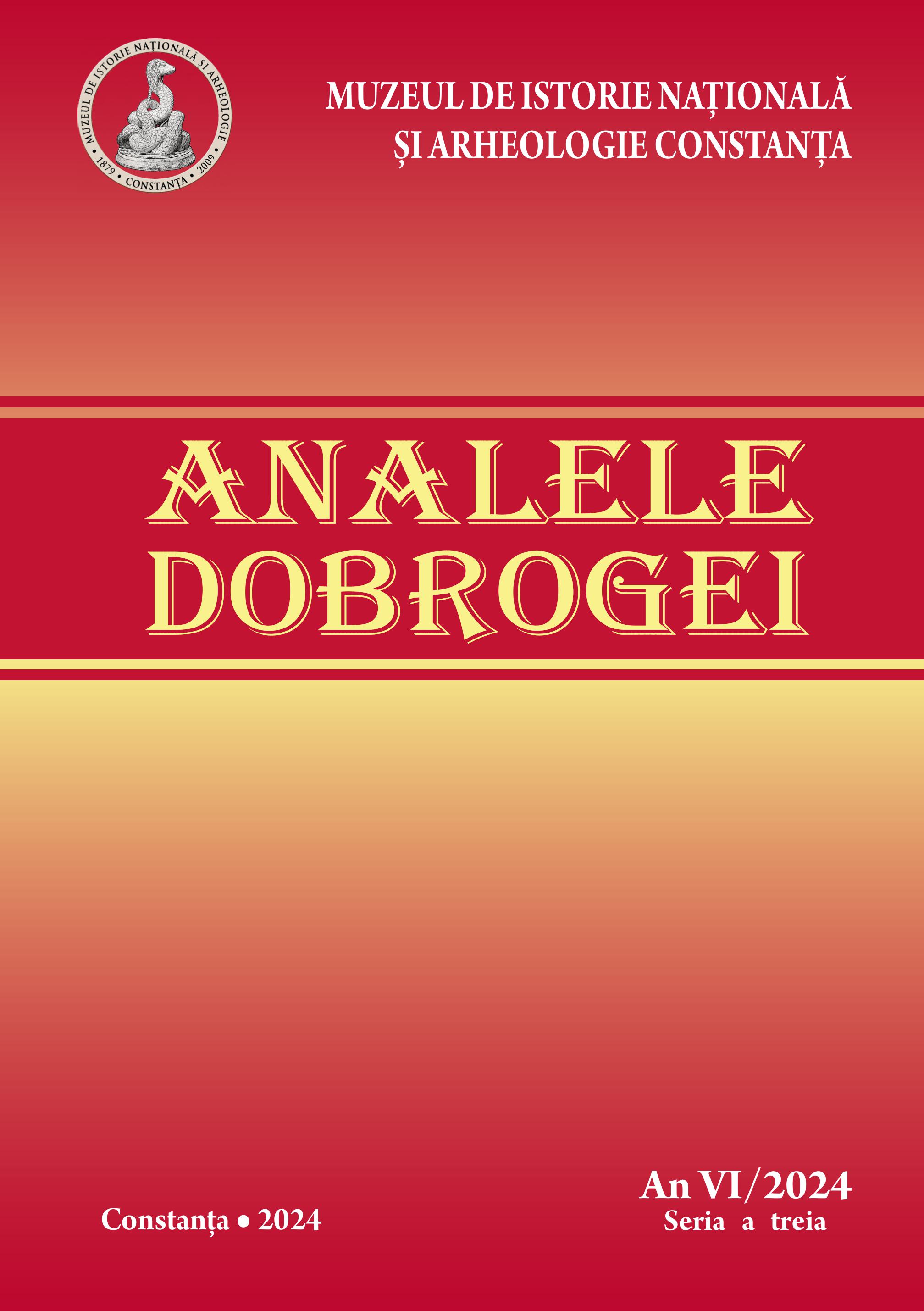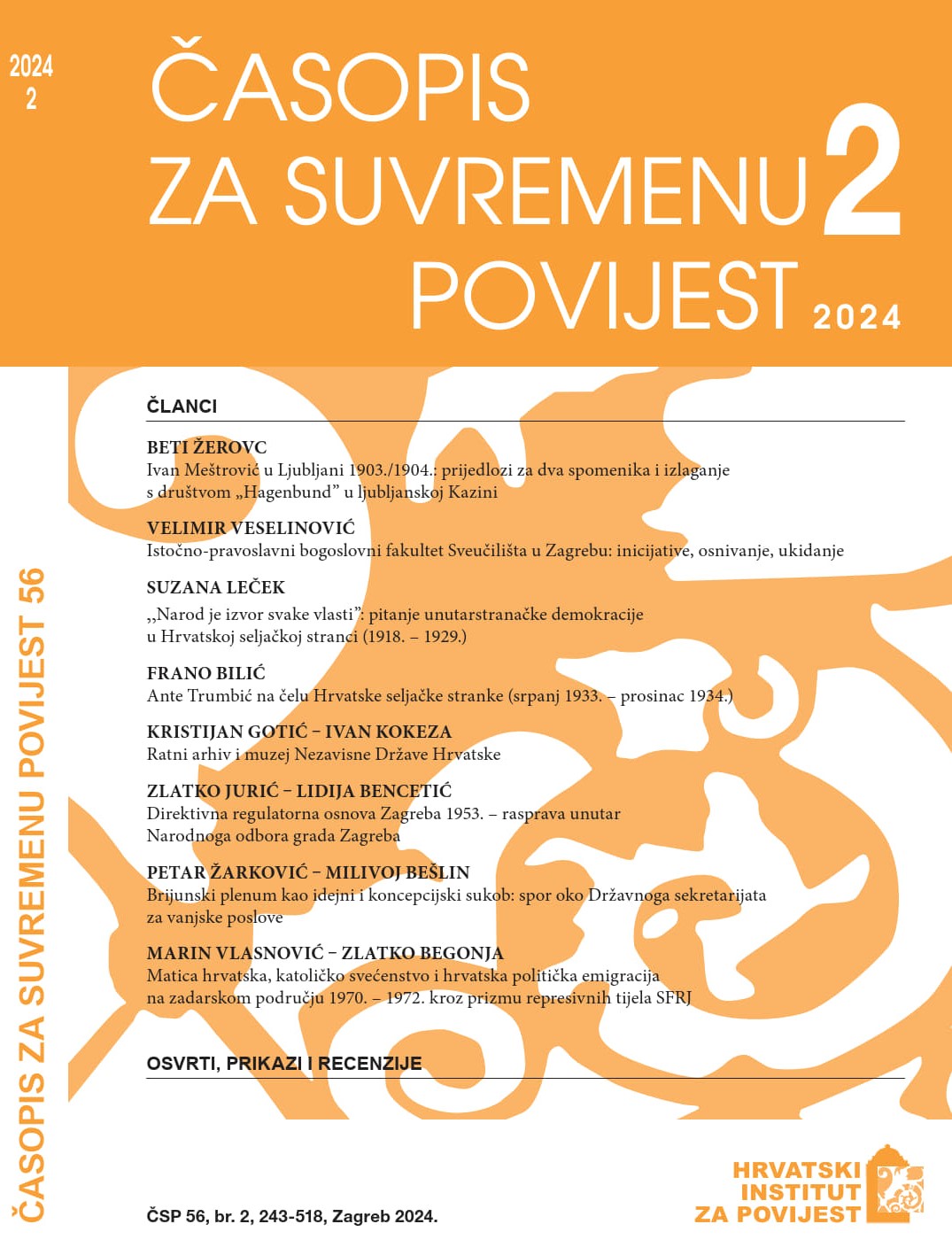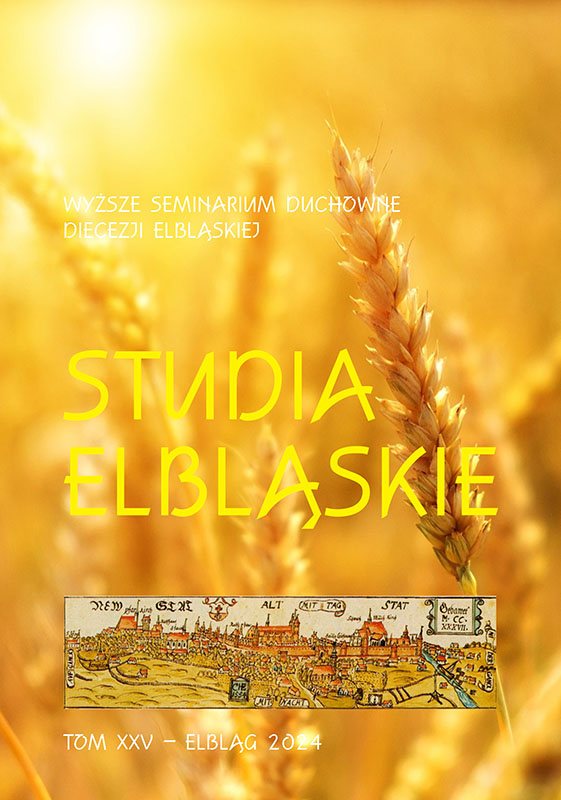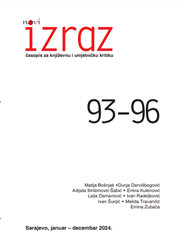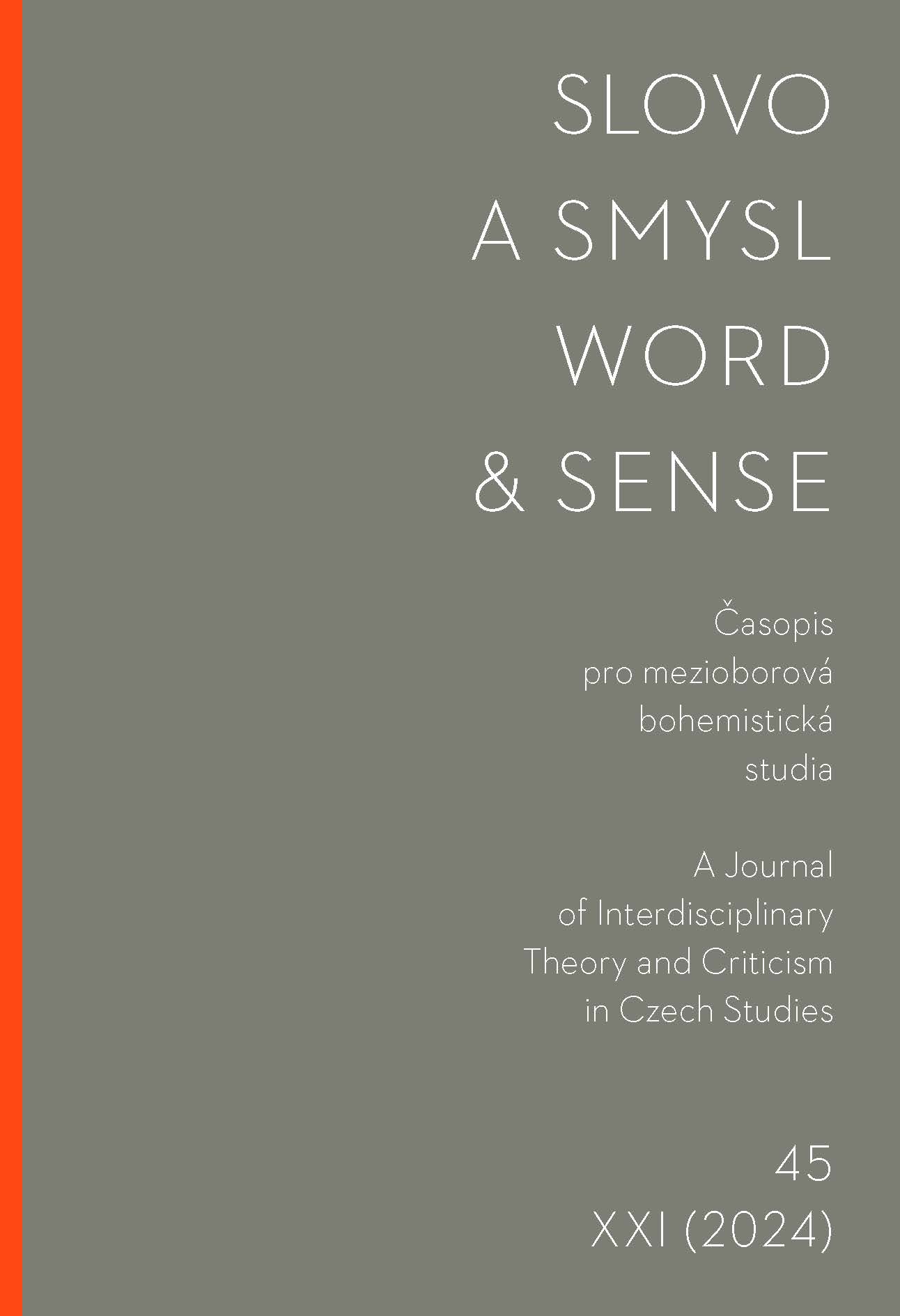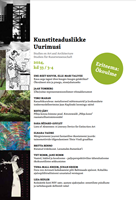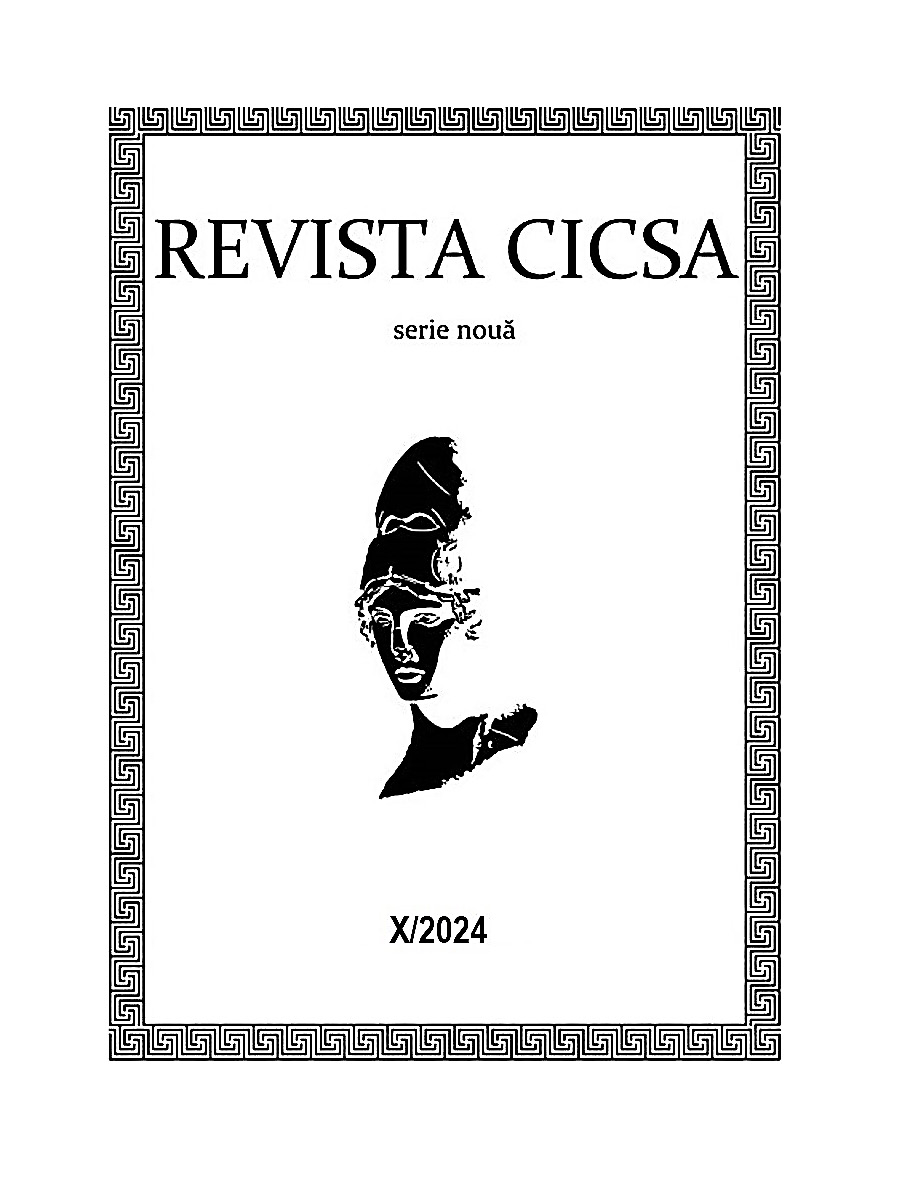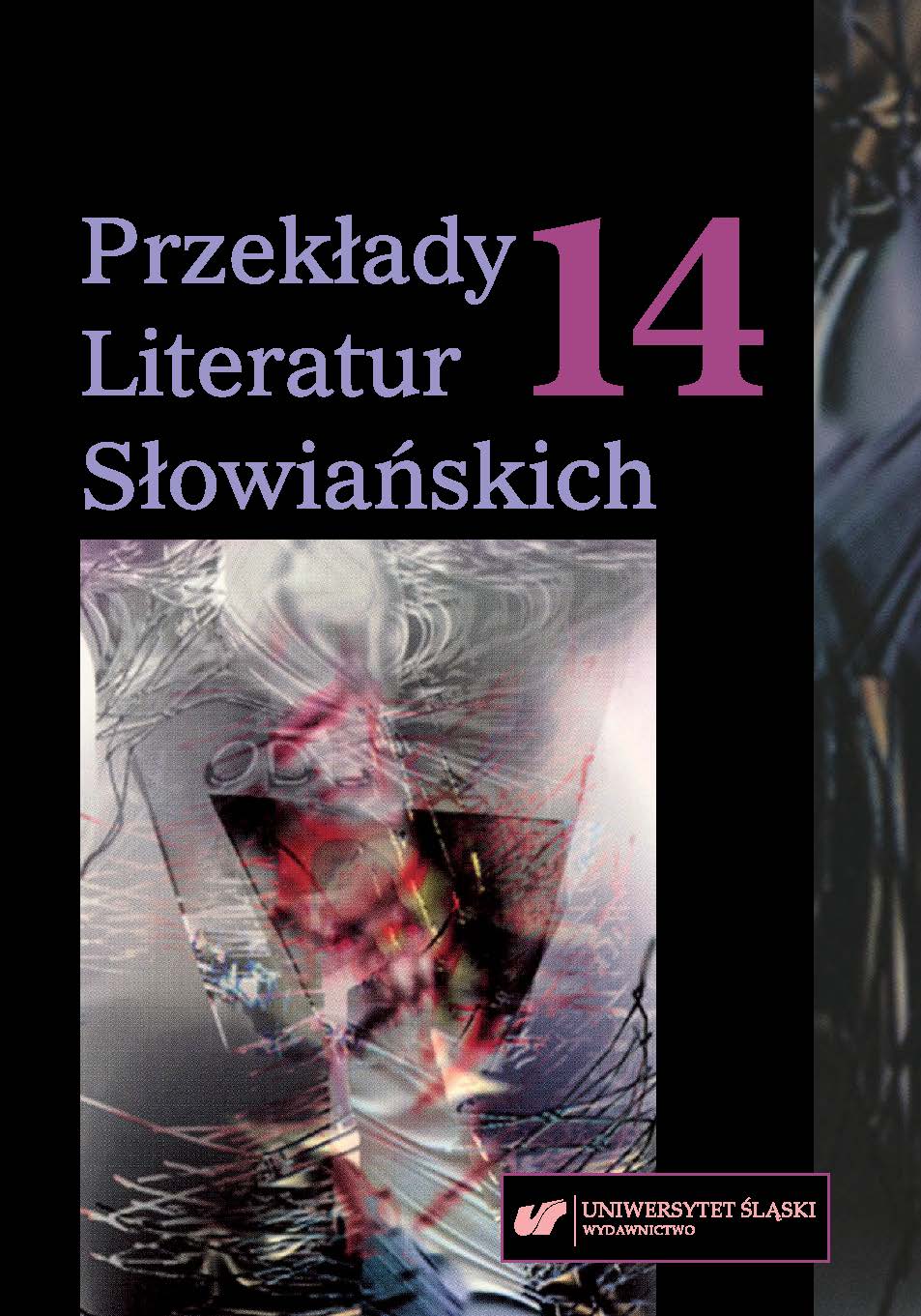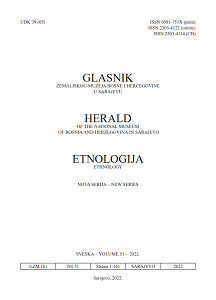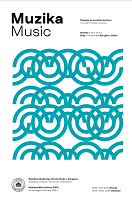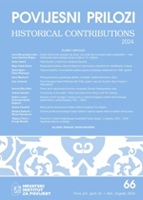Author(s): Jaak Tomberg / Language(s): Estonian
Issue: 03+04/2024
This article uses Caroline Levine’s theory of forms to outline the affordances of science fiction to represent the ecological crisis. As a critical point of departure, the article asks a seemingly paradoxical question derived from Amitav Ghosh’s polemics in The Great Derangement. Climate Change and the Unthinkable (2016): why is it that, although the planet Earth’s ecosystem is undeniably real, unique and intimate, fiction tends to deal with climate change mainly through science fiction, i.e. in the unearthly terms of ‘extraterrestrial forces’ and ‘interplanetary travel’? Shouldn’t the problems of the ‘worldly’ ecosystem be addressed in an equally worldly form (e.g. in realist literature)? There is a suspicion that Ghosh’s concern may stem from the fear that if climate change is too figuratively attributed to ‘extraterrestrial forces’, its anthropogenic causes, i.e. the anthropogenic nature of the crisis, may be obscured and concealed. Such a fear is not completely unfounded, but being solely guided by it would lead to a conceptual limitation of art’s affordances and effects, and a default declaration of a whole range of representational possibilities as unfit. Despite Ghosh’s fears, this article asks what exactly is it in the form and genre tradition of science fiction that enables it to represent the ecological crisis efficiently? One of the most interesting and provocative treatments of (literary or artistic) form in recent years is Levine’s monograph Forms. Whole, hythm, ierarchy, network (2015). In her work, Levine seeks a satisfactory answer to the time and question of how literary forms relate to the current political, social and historical context. Her critical point of departure is the recognition that literary scholars mostly identify form with genre or consider it a phenomenon belonging solely to the field of aesthetics. For many professional readers, it is form that distinguishes art objects from ‘ordinary life’. However, such an assumption has far-reaching consequences as, based on it, the ability of literature to function in the material, social and political field is inadequately assessed. Most often, this leads to the tacit, but widely accepted assumption that literary forms are secondary to social reality. However, in Levine’s opinion, literary forms are not secondary to social formations, and this is because form does not belong exclusively to the realm of aesthetics. She examines the various historical uses of the term ‘form’ and concludes that what they have in common refers more generally to ‘the organization of elements—order, pattern, shape’. Based on this, Levine (also in order to understand the social role of literature) proposes a much broader definition of form than the one usually used in literary studies: form referring to all shapes and arrangements, all organising principles, all patterns of repetition and difference. Thus, she succeeds in showing that literary forms are not second-order derivatives of social reality, and therefore in no way more ‘unreal’ than reality. Aesthetic and artistic forms, as well as social and political formations, ‘are equally real in their ability to organize materials and equally unreal in their artificial and arbitrary limitation’. Literary forms are not simply concerned with reflecting or containing past social or political realities. They can also have their own direct potential for action, their own agency. For Levine, forms realise this agency through their particular affordances. She borrows the concept of affordance from design theory, where it is used to describe the possible uses or activities inherent in materials and objects. For example, a fork affords lifting food into one’s mouth, but it also has affordances that one may not immediately think of: with it, one can also open a box lid, untie a knot, stab someone, etc. And there are many things one cannot do with a fork, e.g. melt steel, imagine a rose or upload a movie. Accordingly, literary forms have their specific affordances. Thus, according to Levine, rhyme makes repetition, anticipation and memorisation possible, while narrative makes the linking of events across time possible. A short sonnet best allows for a single idea or experience, while a three-part novel allows for complicated processes of character development in multi-layered social contexts. This article uses Levine’s theory of forms and their affordances to consider why science fiction is efficient in the artistic treatment of the ecological crisis. It outlines six such affordances. 1) Science fiction has the capacity and experience to poetically process large spatial-temporal scales. As the philosopher Timothy Morton put it, both global warming and the ecological crisis are hyper-objects: phenomena that are massively dispersed in time and space from a human point of view. Such a dispersal makes them very difficult to represent. Of all the genres, science fiction is the most ‘accustomed’ to representing hyper-object-like spatial-temporal scales: both the deep past and the deep future, both the planetary scale of the Earth and interplanetary and interstellar space. 2) Science fiction has a special relationship with globalisation and the scientific world-view. The environment itself has always been global, while globalisation has decisively changed the environment. With global trade and information networks, globalisation has contributed both to the cause of the global ecological crisis and to the possibilities of perceiving it as such, to thinking about it and dealing with it. Science fiction’s colonialist and globalist past enables it to better grasp the current global entanglement of political, economic and cultural interests within which mitigation of the ecological crisis must inevitably take place. The special relationship of science fiction to science and the scientific world-view is evident in the term itself. Nowhere else in art is scientificity so clearly in focus as in science fiction. Science fiction has a lot of experience in thinking about science and the scientific world-view, in the critical reflection of that world-view, in the literal or metaphorical differentiation of its benefits and dangers, opportunities and limitations. In this way, science fiction also allows us to better perceive the ambivalent relationship of science to the ecological crisis. On the one hand, it is precisely the strengthening of the scientific world-view that has led to the treatment of nature as a globally exploitable resource. On the other hand, it seems plausible that the ecological crisis can now only be mitigated with the help of science. As Kim Stanley Robinson has said, science is the strongest ideology to assess what is physically possible and what is impossible to do. 3) Science fiction is accustomed to the representational effort of making the improbable more probable. This is important especially with respect to the motif of catastrophe as one of the most efficient factors that enable us to grant representational access to the very large finitude of the ecological crisis itself. According to Ghosh, the paradoxical combination of low probability and irrefutable reality makes climate-induced weather disasters an awkward subject for the novel form: they are too easy to interpret as ‘literary exaggerations’. Still, science fiction has always been used to represent disaster with the degree of probability that suits eco-critical ambitions: as something extraordinary but completely real. It prevents the world and the phenomena found in it from becoming completely self-evident and everyday, but it also prevents them from becoming surreal, magical-realist or purely fantastical. 4) Science fiction has a long tradition of focusing on the nonhuman. Mitigating the ecological crisis requires a decisive transformation of the relationship between humans and the natural environment. Many posthumanist thinkers, e.g. Bruno Latour, Donna Haraway, Cary Wolfe, Timothy Morton, Katherine Hayles, Graham Harman, Kalevi Kull and Hasso Krull, have indicated in one way or another that this means loosening, levelling or dispersing the anthropocentric attitude to life, and treating humans and non-humans (all living and nonliving things) on an equal footing and as capable of action. This, in turn, requires heightened empathy for all that is other, different, foreign or unknown. Such phenomena have always been the thematic focus of science fictional worlds. 5) Science fiction has a strong habit of representing societal future scenarios and their experiential furnishing. Artistic imaginings of how a problem could be solved and what the world would be like if the problem was solved or remained unresolved also contribute to dealing with urgent global problems, e.g. mitigating the ecological crisis. This kind of speculative thinking and imagination, directed towards the future, has always been part of the repertoire of science fiction, and has formed the basis of several major subgenres of science fiction, of which the most relevant in relation to the ecological crisis are utopia, dystopia, disaster and post-apocalyptic science fiction. 6) Science fiction focuses on the realistic depiction of a divergent world. Like realism, science fiction is essentially a realistic genre or mode. It naturally tries to convince the reader of the probability of what is described. However, the world described by realism is different from the world described by science fiction. While the plausibility of a realistic text is based on its correspondence with the existing non-textual world, the science fiction text tries to establish a plausibility relationship with a possible world that deviates from the existing one, one that does not yet exist but could exist. Science fiction tries to realistically describe a world whose probability is very difficult to establish. This kind of persuasion inevitably requires a good amount of additional representational energy, both from the author’s and the reader’s/viewer’s imagination. Since the focus of probability is not on the reader’s world outside the work, but a possible world that deviates from it, a successful science fiction work requires significantly more resources to describe its world than does realism: the reality outside the work, the existence of which can be taken for granted by a realistic work, must be constantly established by the science fiction work itself. This enactment can never be complete, but inevitably leaves many large gaps. Filling these gaps, which in realism are taken care of by the implicitly assumed connection with the existing world outside the work, can decisively empower the recipient’s environmental imagination and sensibility in the case of science fiction. Why environmental? Because the work of establishing the world of science fiction focuses with heightened intensity very predominantly on a detailed description of the external material environment and the forms of existence that exist in it, and keeps the receiver’s mind in exactly this focus.
More...
